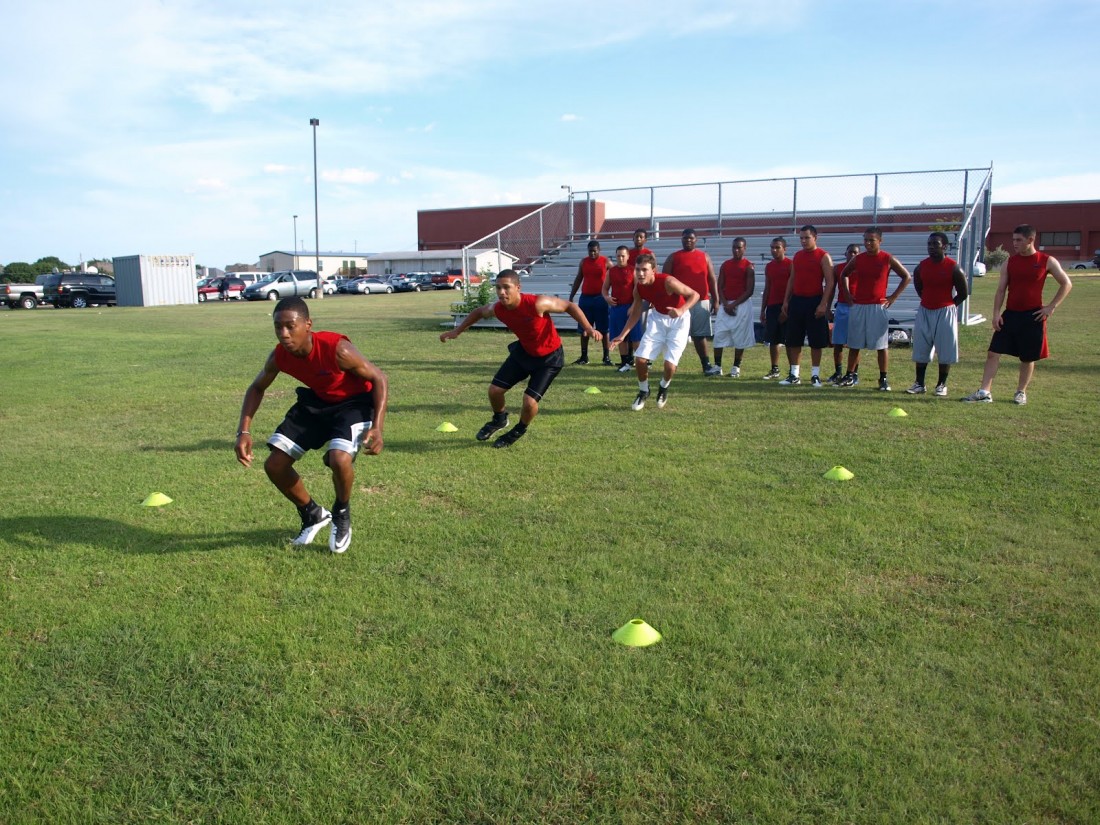Those of you who know me may or may not know that I have recently gone back to school. There are, of course, some negative aspects of this decision (less free time, higher stress, and of course the fact that I get to study statistics)!. My decision to go back to school did, however, bring with it at least one positive outcome – it has forced me to review relevant (soccer-specific) sports science research every week.
This past week, I came across a very interesting study done by a group of researchers from Norway (Shalfawi et. Al., 2013). The basic aim of this study was to compare two different types of training (repeated agility training, and repeated sprint training) on soccer players’ physical performance (assessed using a variety of measurements, including a linear running speed test, a counter movement jump, an agility test, and the Yo-Yo Intermittent Recovery Test to measure endurance). 17 players in total (all from the same Norwegian Olympic Women’s soccer team) were used or this study, and they were randomly assigned to either a repeated agility training group, or a repeated sprint training group (9 players participated in the repeated agility training group, and 8 players participated in the repeated sprint training group). The players participated in their normal training routine over the course of the 8-week training period, which comprised 4 training sessions per week plus 1 game per week. Additionally, the groups each completed two extra training sessions per week (specific to their particular training group).
Results of the study were very interesting to me. The group that performed repeated agility training showed an improvement in endurance (Yo-Yo score), agility, and most importantly, also an improvement in linear running speed. The repeated sprint training group improved endurance (Yo-Yo score) and linear running speed, but showed no improvement in agility. This study seems to make the case that for soccer, the best training effects will come from using repeated, high intensity running exercises that include short sprints, but also changes of direction. It would seem that this type of running is more specific and relevant to the actual running done in a game. The fact that repeated agility training also improved linear running speed (speed without change in direction) would make this type of training the preferred method of training for soccer players. Here is an example of the repeated agility training exercises used in the study:
This run was done with the following protocol:
- 2 x 4 repetitions, 2 minutes rest between repetitions, 10 minutes rest between sets
- every two weeks, an additional 2 repetitions were added, until the 8th week, with the following protocol:
- 2 x 10 repetitions, 2 minutes rest between repetitions, 10 minutes rest between sets
Fitness coaches working with soccer players should consider using repeated agility training, as opposed to repeated sprint training, in order to maximize the benefits of their physical training programs. I’d love to hear your thoughts about this topic. Drop me a line here to get the conversation started.


Leave A Comment